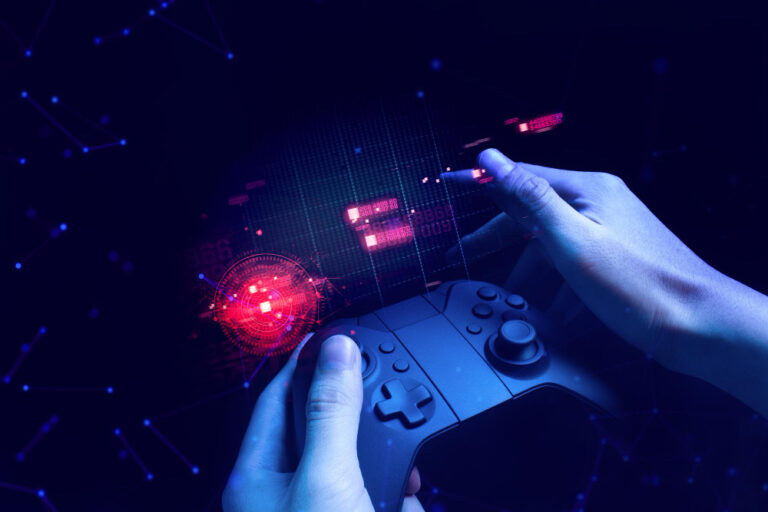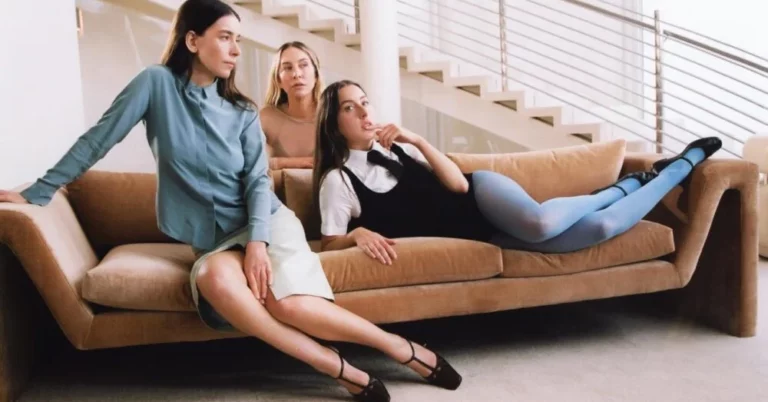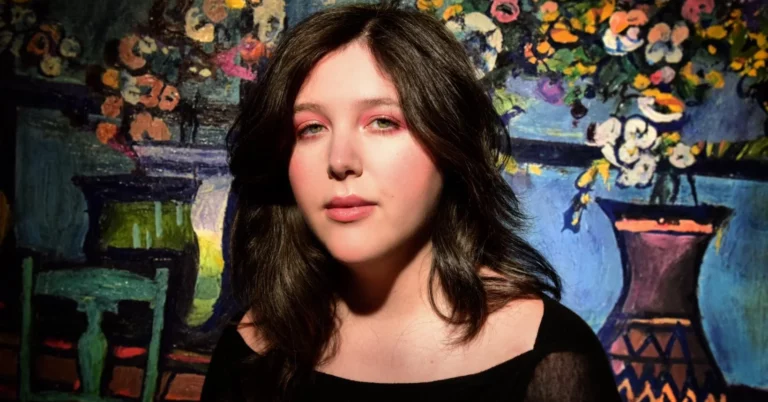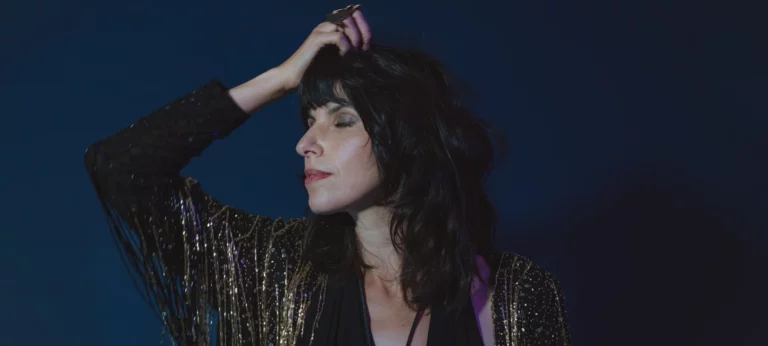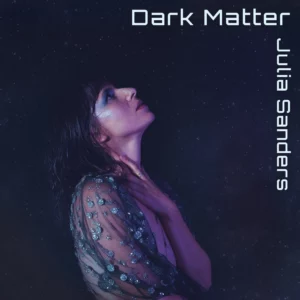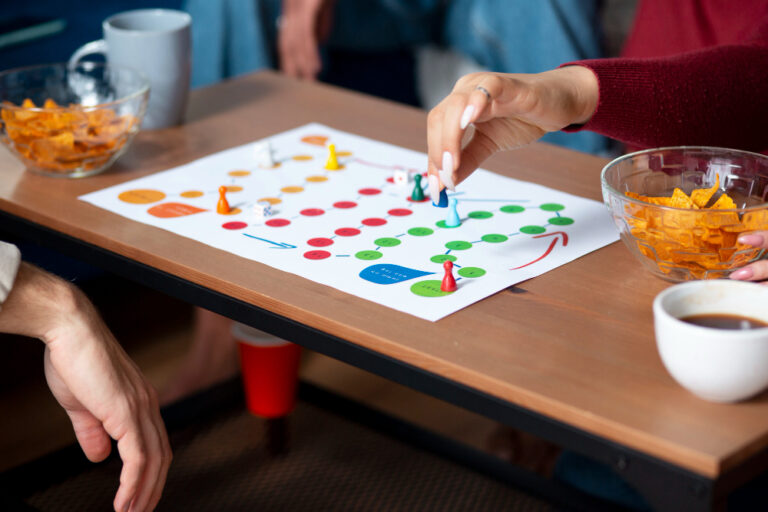Even if you know just a little bit about the Cannabis world, you must have heard about the Delta-8 THC. This specific THC compound is all the rage these days, amongst both seasoned users and more entry-level consumers.
Often called the “Smoother” cousin of Delta-9 THC, it offers a more balanced cannabis experience and produces fewer side effects.
So, what exactly is this compound? How was it made and why is it becoming everyone’s favorite choice? Let’s explore these questions and delve deeply into the green world of Delta-8!
Delta-8: The Ideal THC Compound
When you take THC, you would often prefer not to suffer from the side effects of taking marijuana, like anxiety and temporary health issues. To ensure that, high-quality products are the key. But, what makes your 100mg delta 8 gummies more special than other THC gummies?
Delta-8 THC (Tetrahydrocannabinol) is a naturally occurring cannabinoid found in cannabis plants, but typically in very small amounts. It’s a hemp-derived compound that interacts with the body’s Endocannabinoid System (ECS), helping regulate functions such as mood, pain, and appetite.
While it shares a similar name with Delta-9 THC, the main psychoactive compound in cannabis, there are some significant differences between the two.
Delta-8 can be synthesized from CBD (Cannabidiol), which is extracted from industrial hemp. This process not only makes Delta-8 more accessible but also ensures it complies with federal regulations in many areas where Delta-9 remains prohibited.
The ability to derive Delta-8 from hemp is a key reason for its rising popularity, offering a legal and milder alternative to Delta-9 for those seeking therapeutic benefits without the intense high.
The Process of Making Delta-8
Producing Delta-8-THC involves a process known as isomerization. Here’s how it works:
- CBD Extraction: The process begins with extracting CBD from industrial hemp using methods like CO2 extraction.
- Isomerization: CBD, a natural isomer of Delta-8, undergoes a transformation process when exposed to acid. This rearranges its molecular structure, converting it into Delta-8-THC.
- Purification: The resulting product is then refined to remove any unwanted materials, ensuring a pure and potent Delta-8 concentrate.
- The ability to convert CBD into Delta-8 has made it a cost-effective and scalable option for manufacturers, further fueling its popularity.
What Makes it Different from Delta-9?
If you put Delta-8 and Delta-9 under a microscope, you will find that the two THC compounds are almost identical, but here’s the catch. When you go from delta-8 to delta-9, the placement of the double bond changes.
In Delta-8, you will find the bond on the eight-carbon chain, while in Delta-9 it’s on the ninth. Doesn’t sound like much, right? However, this minor difference creates massive impacts on how these two compounds interact with our bodies.
Delta-9 has a strong pull for CB1 receptors of the brain and the central nervous system, causing an intense high, that can be a bit too powerful, especially for newcomers and those who are not very good with THC use.
Delta-8 interacts a bit more evening with CB1 and CB2 receptors, offering a mild and balanced high, causing less anxiety and paranoia, which are often the main side effects of taking cannabis.
Researchers believe that this balanced interaction with our endocannabinoid system is what helps the user stay more clear-headed and less anxious when they use Delta-8.
So, just as it is crucial to choose the right cannabis strain, picking the right THC compound can change how you experience it.
What Makes Delta-8 a More Refined THC Experience?
Delta-8 is not just about a milder high—it also offers a range of therapeutic benefits:
- Anti-Anxiety: Many users report feeling calm and relaxed without the paranoia often associated with Delta-9.
- Pain Relief: Delta-8’s interaction with CB1 and CB2 receptors may help reduce chronic pain and inflammation.
- Nausea Control: It is effective in reducing nausea and vomiting, making it a potential option for chemotherapy patients.
- Appetite Stimulation: Similar to Delta-9, Delta-8 can enhance appetite, beneficial for individuals with appetite loss.
These therapeutic effects, combined with a lower risk of side effects, make Delta-8 a more refined and appealing option for those seeking natural relief.
Does Delta-8 Get You High?
If it’s the psychedelic “high” you are seeking, you will get it with Delta-8, but there is a crucial difference.
The high from Delta-8-THC is often described as mellower and more controlled compared to Delta-9. The psychoactive effects are estimated to be about half as potent as Delta-9, resulting in a more relaxed and clear-headed experience.
Users often report feeling euphoric yet functional, making Delta-8 an attractive option for those who want to avoid the overwhelming high of Delta-9. The duration of the high can range from 2 to 8 hours, depending on factors like metabolism, dosage, and consumption method.
Why Is Delta-8 So Popular?
The rising popularity of Delta-8-THC can be attributed to a combination of legal, therapeutic, and experiential factors:
Legality
Derived from hemp, Delta-8 falls into a legal grey area in many states where Delta-9 is banned. This has made it accessible to a wider audience.
Milder Effects
The less intense high appeals to those who want the benefits of THC without paranoia, anxiety, or cognitive impairment.
Therapeutic Potential
Delta-8’s ability to provide pain relief, reduce anxiety, and stimulate appetite makes it a popular choice for medical users.
These factors combined have helped Delta-8 carve out a significant niche in the cannabis market.
Is Delta-8 Safe?
While Delta-8 appears to have a better safety profile than Delta-9, it is not without risks. Potential side effects include:
The biggest safety concern lies in the manufacturing process. Since Delta-8 is synthetically derived from CBD, the use of unsafe solvents or lack of proper testing can result in contaminated products.
To ensure safety, consumers should look for third-party lab tests confirming the purity and potency of Delta-8 products.
Where is the Future of Delta-8 Headed?
Delta-8 has become a popular choice amongst users who vape THC. As the popularity of Delta-8 continues to rise, its regulatory status remains a topic of debate.
Some states have already moved to ban or restrict Delta-8, citing concerns about its unregulated production and potential health risks. However, if manufacturers adopt transparent and safe production practices, Delta-8 could become a mainstream option for both recreational and medical use.
For now, Delta-8 represents a middle ground between CBD and Delta-9-THC, offering therapeutic benefits with a smoother, more manageable high. As research evolves, so too will our understanding of this intriguing cannabinoid.
Final Thoughts
Delta-8 gives a milder psychoactive experience, is more accessible, safer in terms of production, and is more therapeutic. That’s why it’s so popular! This is the compound you should opt for, especially if you are a new user, inexperienced, or both.
While it might be more available in the future, choosing the right producer is also crucial. However, if you want the kind of high that takes you off the roof, Delta-9 might be what you are looking for.
So, despite its popularity, whether Delta-8 is right for you will always depend on what you are looking for. If you want something that feels more healthy and sade, it is the one you want!


